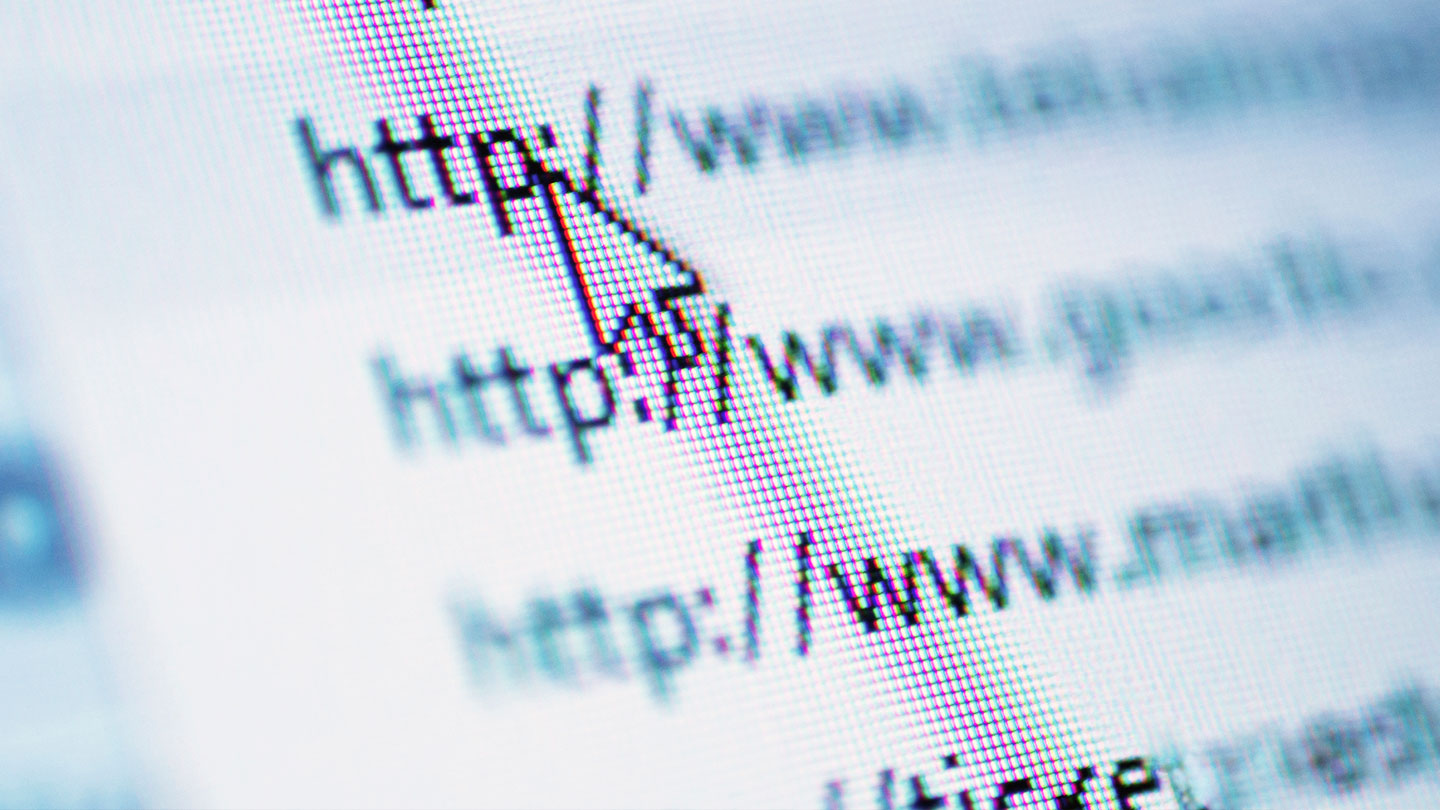From startups to legacy brands, you're making your mark. We're here to help.
-
Innovation Economy
Fueling the success of early-stage startups, venture-backed and high-growth companies.
-
Midsize Businesses
Keep your company growing with custom banking solutions for middle market businesses and specialized industries.
-
Large Corporations
Innovative banking solutions tailored to corporations and specialized industries.
-
Commercial Real Estate
Capitalize on opportunities and prepare for challenges throughout the real estate cycle.
-
Impact Banking & Advisory
When our communities succeed, we all succeed. Local businesses, organizations and community institutions need capital, expertise and connections to thrive.
-
International Banking
Power your business' global growth and operations at every stage.
Key Links
Prepare for future growth with customized loan services, succession planning and capital for business equipment.
-
Asset Based Lending
Enhance your liquidity and gain the flexibility to capitalize on growth opportunities.
-
Equipment Financing
Maximize working capital with flexible equipment and technology financing.
-
Trade & Working Capital
Experience our market-leading supply chain finance solutions that help buyers and suppliers meet their working capital, risk mitigation and cash flow objectives.
-
Syndicated Financing
Leverage customized loan syndication services from a dedicated resource.
-
Commercial Real Estate
Capitalize on opportunities and prepare for challenges throughout the real estate cycle.
-
Employee Stock Ownership Plans
Plan for your business’s future—and your employees’ futures too—with objective advice and financing.
Key Links
Serving the world's largest corporate clients and institutional investors, we support the entire investment cycle with market-leading research, analytics, execution and investor services.
-
Institutional Investors
Putting your long-tenured investment teams on the line to earn the trust of institutional investors.
-
Markets
Direct access to market leading liquidity harnessed through world-class research, tools, data and analytics.
-
Prime Services
Helping hedge funds, asset managers and institutional investors meet the demands of a rapidly evolving market.
-
Global Research
Leveraging cutting-edge technology and innovative tools to bring clients industry-leading analysis and investment advice.
-
Securities Services Solutions
Helping institutional investors, traditional and alternative asset and fund managers, broker dealers and equity issuers meet the demands of changing markets.
Key Links
Providing investment banking solutions, including mergers and acquisitions, capital raising and risk management, for a broad range of corporations, institutions and governments.
-
Center for Carbon Transition
J.P. Morgan’s center of excellence that provides clients the data and firmwide expertise needed to navigate the challenges of transitioning to a low-carbon future.
-
Corporate Finance Advisory
Corporate Finance Advisory (“CFA”) is a global, multi-disciplinary solutions team specializing in structured M&A and capital markets. Learn more.
-
Development Finance Institution
Financing opportunities with anticipated development impact in emerging economies.
-
Sustainable Solutions
Offering ESG-related advisory and coordinating the firm's EMEA coverage of clients in emerging green economy sectors.
-
Mergers and Acquisitions
Bespoke M&A solutions on a global scale.
-
Capital Markets
Holistic coverage across capital markets.
Your partner for commerce, receivables, cross-currency, working capital, blockchain, liquidity and more.
Key Links
A uniquely elevated private banking experience shaped around you.
-
Banking
We have extensive personal and business banking resources that are fine-tuned to your specific needs.
-
Investing
We deliver tailored investing guidance and access to unique investment opportunities from world-class specialists.
-
Lending
We take a strategic approach to lending, working with you to craft the right financing solutions matched to your goals.
-
Planning
No matter where you are in your life, or how complex your needs might be, we’re ready to provide a tailored approach to helping your reach your goals.
Whether you want to invest on your own or work with an advisor to design a personalized investment strategy, we have opportunities for every investor.
-
Invest on your own
Unlimited $0 commission-free online stock, ETF and options trades with access to powerful tools to research, trade and manage your investments.
-
Work with our advisors
When you work with our advisors, you'll get a personalized financial strategy and investment portfolio built around your unique goals-backed by our industry-leading expertise.
-
Expertise for Substantial Wealth
Our Wealth Advisors & Wealth Partners leverage their experience and robust firm resources to deliver highly-personalized, comprehensive solutions across Banking, Lending, Investing, and Wealth Planning.
Explore a variety of insights.
Key Links
Insights by Topic
Explore a variety of insights organized by different topics.
Key Links
Insights by Type
Explore a variety of insights organized by different types of content and media.
Key Links
We aim to be the most respected financial services firm in the world, serving corporations and individuals in more than 100 countries.
Key Links
- Insights
- Cybersecurity
- Business Email Compromise
- Email domain spoofing and look-alike domains: Tips to spot fakes and prevent fraud

All organizations rely on business email in some way, but its popularity and ease of use also makes it a target for cybercriminals, who may use tactics like look-alike and domain spoofing.
Deceptive by design
Look-alike domains and email spoofing attempt to visually trick victims into thinking an email originated from a legitimate sender, when it actually came from a criminal with an email address that looks similar or is forged. Both schemes are used in phishing attacks to trick users into thinking a message came from a person or entity they either know or can trust. This is done to manipulate your employees or business partners into divulging confidential information or redirecting payments. This scheme is commonly known as email spoofing and is a form of phishing attack meant to manipulate your employees or business partners into divulging confidential information or redirecting payments.
Look-alike domains are a cyber risk for companies of all industries and sizes. The following information and best practices are meant to help your business implement look-alike domain and email spoofing prevention policies and controls.
Telltale signs of domain phishing
Below are some common ways that criminals construct look-alike domains. Can you spot the differences?
| Tactic | Real | Look-alike domain |
|---|---|---|
| Removing a character from the domain | @marquettefarm.com | @marquetefarm.com |
| Changing the top-level domain | @marquettefarm.com | @marquettefarm.co |
| Changing a character in the domain | @marquettefarm.com | @marguettefarm.com |
| Adding a character in the domain | @marquettefarm.com | @marquettefarms.com |
Successful domain spoofing attempts depend on the recipient being distracted or rushed. It can be very easy to mistake an “rn” for an “m.” Protecting against email domain spoofing requires vigilance and a critical approach to verifying that messages come from authentic sources.
Tactics to fight email spoofing and look-alike domains
Being prepared for domain phishing attacks requires a multilayered approach. Protecting your business, your clients and your employees can be achieved through a combination of strong internal controls and employee education, including:
- Striking first: Think of ways that fraudsters could try to spoof your email domain, then proactively purchase look-alikes to prevent them from ever being used against you
- Working with experts: A third party that specializes in finding fakes (like a brand protection service) may be able to more quickly detect look-alike domains and take action against them
- Using email control tools: Alerts, flags or banners in your email system can be used to warn users when an email originates from outside of your organization; another option is Domain-based Message Authentication, Reporting, and Conformance (DMARC), which many business email providers offer for further control and detection
- Educating and testing employees: Train staff on the basics of how to spot phishing attacks, domain spoofing emails, look-alike domains, business email and social engineering; run phishing tests to see who falls for a spoof and who can correctly flag one
Callbacks are crucial
Teach employees to never trust email for payment instructions and to always validate payment-related requests by doing a callback to the actual person making the request using a trusted phone number obtained from a system of record.
Further steps to stop domain spoofing
These additional tips can help you mitigate spoofing risks, or help you recover from a suspected attack:
- Protect yourself: Using a password manager will help you avoid look-alike domains. Only domains you have stored in the password manager will auto populate your credentials. When your username and password don’t automatically populate, you know you are on an unrecognized domain.
- Report the imposter: Contact your information technology or information security team so they can look for any internal compromises and block further inbound emails from the look-alike domain.
- Escalate it: Notify your organization’s upper management and legal counsel so they can take action against the spoofing domain, such as getting it removed.
- Update others: Notify business partners and remind them not to accept changes in payment instructions without calling you first to validate.
How we can help
JPMorgan Chase is continually investing in our fraud prevention tools and capabilities to protect both our firm and your business. If you believe you’ve been the target of a domain spoofing scam, talk to your relationship team immediately.
You can also access our guide to business email compromise to learn more about email spoofing prevention.
Related insights

Cybersecurity
AI-powered scams: How you can help protect yourself
Dec 02, 2025
Fraudsters are now using AI to put a new, sophisticated spin on age-old scams, making personal and financial security more vital than ever. Learn what you can do to help protect yourself.

Cybersecurity
Your house may be spying on you. Save yourself.
Oct 27, 2025
All the smart devices embedded in our homes can put us at risk. Discover how to secure your IoT devices, and what you can do to protect yourself.

Cybersecurity
Parents, you need to teach your kids about financial fraud
Oct 23, 2025
With the increasing complexity of fraud schemes, it’s important your kids understand how to keep their accounts and personal information safe.

Cybersecurity
The social media seesaw: How family guidelines balance sharing with security
Oct 01, 2025
As individuals’ and families’ profiles and finances increase, so does their likelihood of becoming targets of cybercrime and facing reputational damage. Learn more here.

Cybersecurity
Unmasking social engineering: Protecting your wealth from deceptive cyber tactics
Oct 01, 2025
Social engineering is a powerful tool used by cybercriminals to manipulate individuals into revealing sensitive information, using tactics such as phishing, artificial intelligence and more. Discover how to recognize and thwart these tactics.

Cybersecurity
Mind your business: How to keep your company cyber secure
Sep 08, 2025
Does your business’ cybersecurity need some TLC? With cybercrime on the rise, it’s important to understand how you can keep your business accounts and assets well protected.

Cybersecurity
AI tools and your privacy: What you need to know
Jun 05, 2025
Easy-to-use artificial intelligence tools may soon change our work and school lives. But they come with a host of new privacy threats. Here are some ways to help protect yourself.

Cybersecurity
Jetting off for the season? Avoid these cybersecurity and safety pitfalls
Jun 05, 2025
As you prepare for your next vacation, consider these tips to help safeguard personal and digital security while you travel.
You're now leaving J.P. Morgan
J.P. Morgan’s website and/or mobile terms, privacy and security policies don’t apply to the site or app you're about to visit. Please review its terms, privacy and security policies to see how they apply to you. J.P. Morgan isn’t responsible for (and doesn’t provide) any products, services or content at this third-party site or app, except for products and services that explicitly carry the J.P. Morgan name.